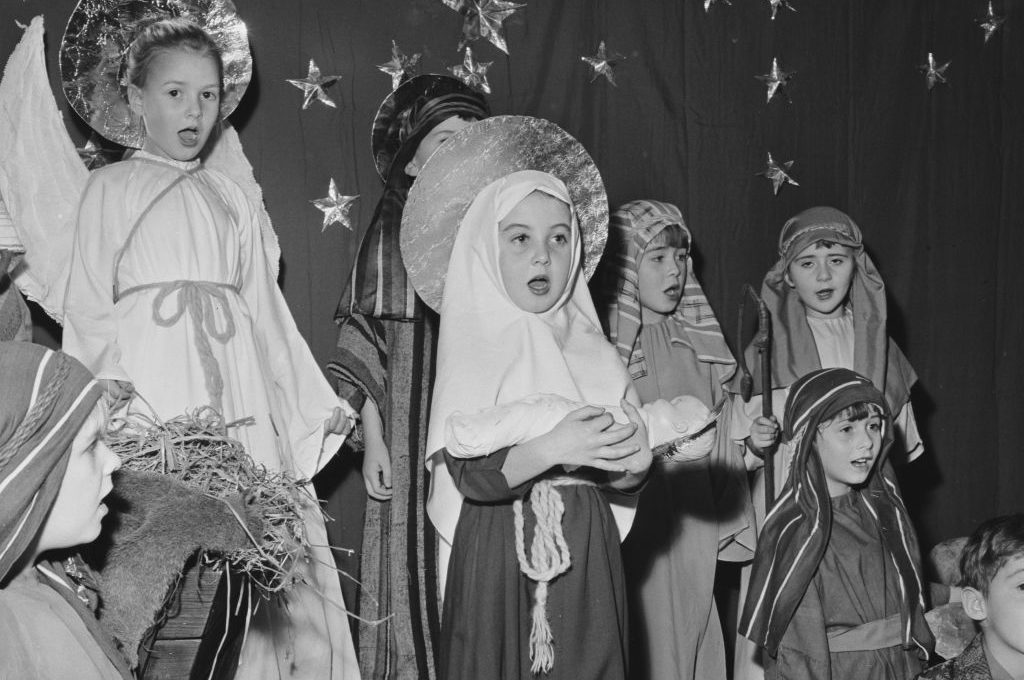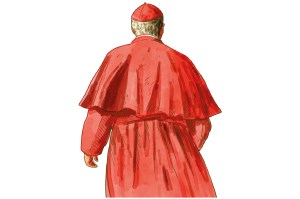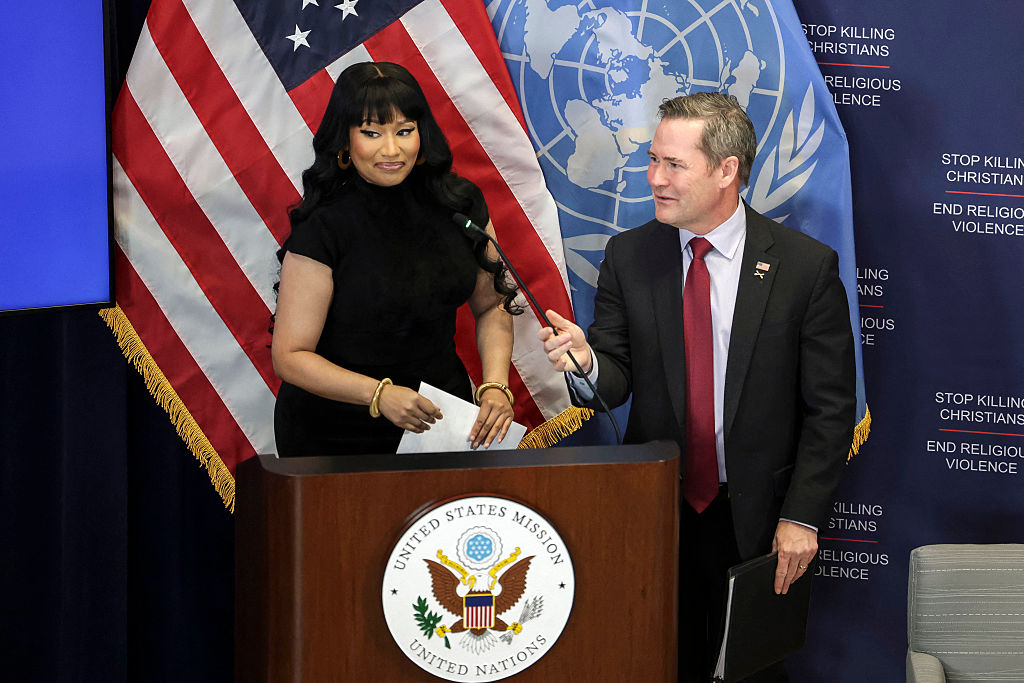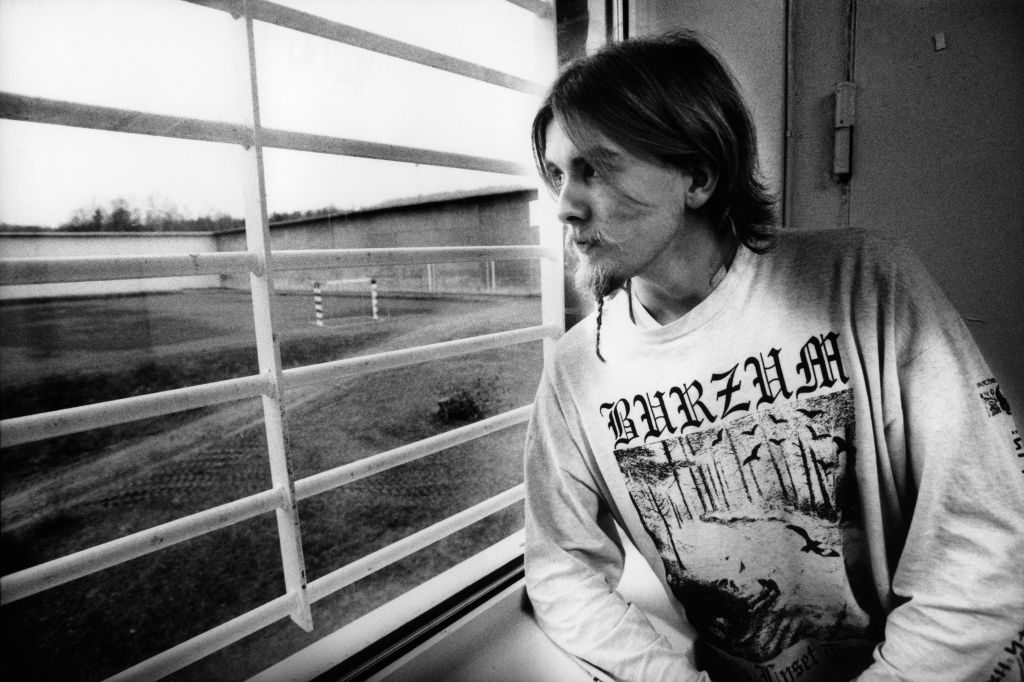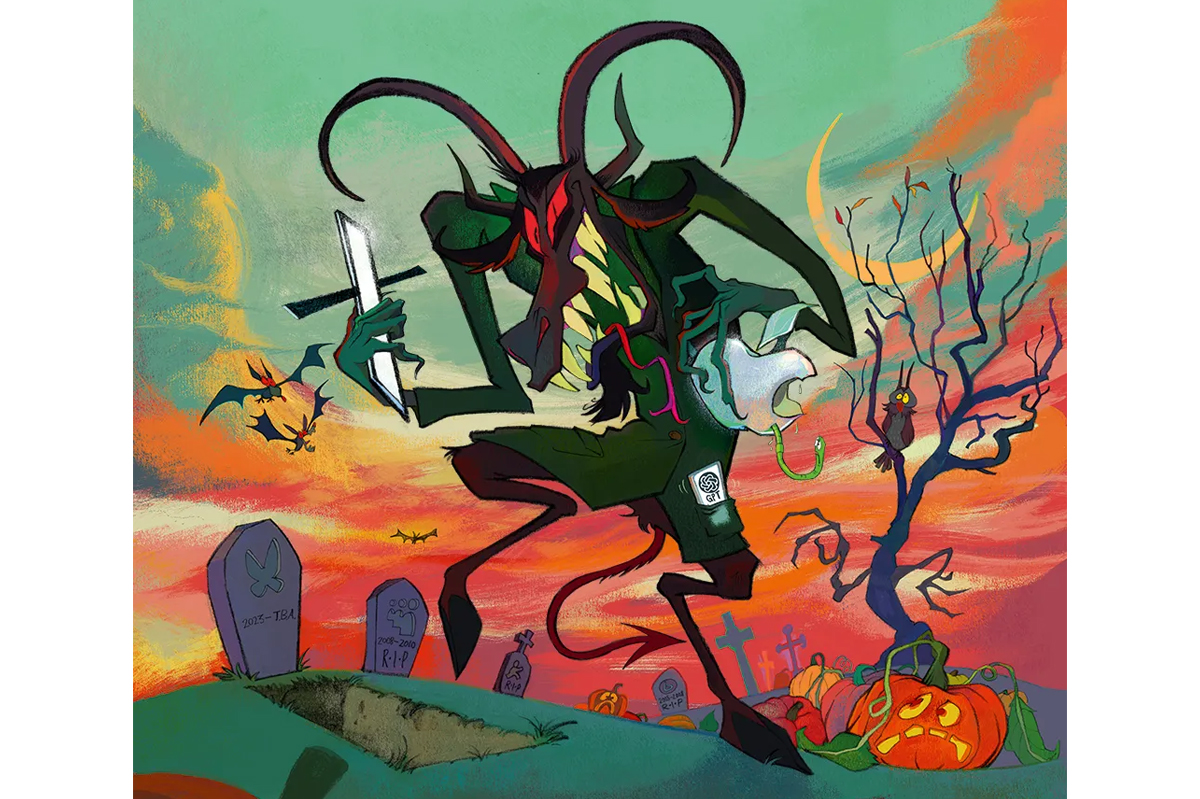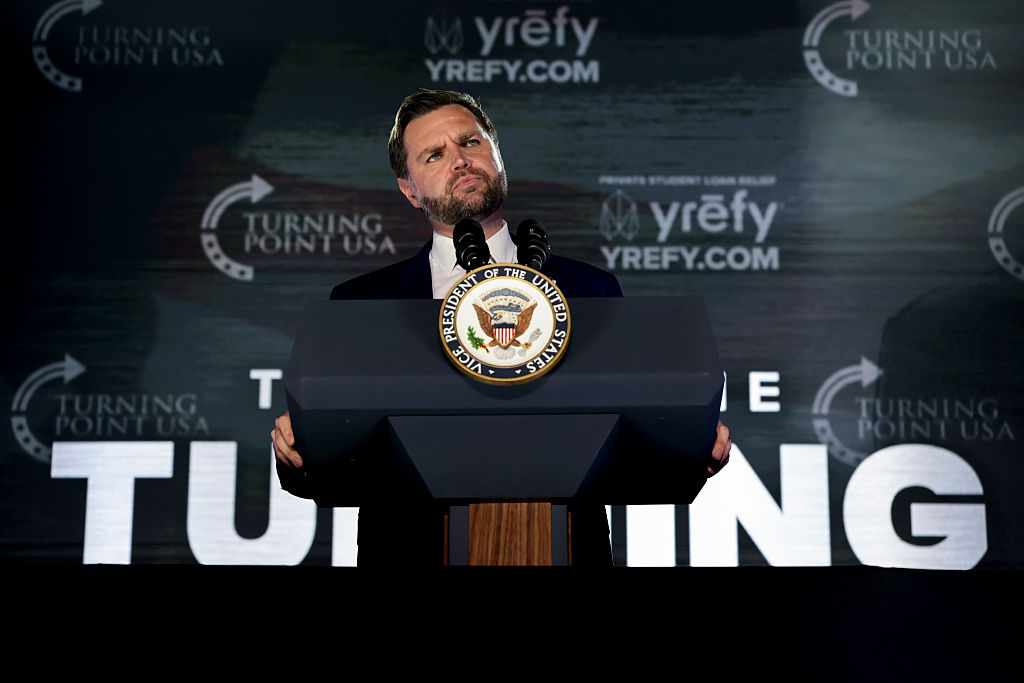We descended, one weary traveler at a time, down an ancient stone staircase that winds underneath one of the oldest churches in the world. When we arrive in the tiny grotto, we sing Silent Night, our faces dimly lit by the light of a single lantern. This is where many believe a peasant couple, traveling for the Roman census, gave birth to the baby Jesus as described in the second chapter of Luke’s gospel.
The Church of the Nativity, commissioned around 330 AD by Constantine, was destroyed by an invading army in 529 AD and then rebuilt by Justinian. Situated in perhaps the most highly contested piece of real estate in the world, it hosts millions of pilgrims every year.
This would have been a surprise to the Bethlehem of Jesus’s day. A tiny village in a backwater Roman province, this was the last place anyone expected a king to be born. Despite the prophet Micah foretelling that a “ruler in Israel” would emerge from a village described as “little among the thousands of Judah,” there was little to suggest Bethlehem as that village. When Mary and Joseph did arrive here, it was a silent night around town. The religious leaders who should have anticipated this moment missed it. So unexpected was the Messiah that Luke tells us they had to make provisions in a makeshift room, perhaps a cave, with makeshift accommodations, like an animal trough. An inauspicious entrance for the Son of God.
And yet this humble arrival into the world he created is what brings Christians of all denominations to this site in the West Bank, provokes the world to pause and reflect every December, and has inspired billions of Christians for the last two thousand years. Christmas is the declaration that divinity has stooped so low as to take on humanity. C.S. Lewis wrote of the implications of the incarnation: “The Christian story is precisely the story of one grand miracle, the Christian assertion being that what is beyond all space and time, which is uncreated, eternal, came into Nature, into human nature, descended into His own universe, and rose again, bringing Nature up with Him.”
The Christian story’s radical claim is that God inhabited the world he created, the one who formed humans from the dust of the ground, who breathed the breath of life into his image-bearers now has become human. And not just human, but a human among the lowly, the forgotten, the underclass.
Christmas today is full of sentiment and joy, lights and gifts, music and merriment. This is as it should be. But don’t miss the subversive message of the holiday. Listen to Mary in her prayer upon hearing her special role in this mission of God. In Luke’s Gospel, she refers to the baby in her womb as “My Savior” and says that his birth represents God’s radical new reordering of the world:
His mercy extends to those who fear him, from generation to generation. He has performed mighty deeds with his arm; he has scattered those who are proud in their inmost thoughts. He has brought down rulers from their thrones but has lifted up the humble. He has filled the hungry with good things but has sent the rich away empty.
Jesus was born into the squalor of a broken world not unlike our contemporary one, filled with violence, injustice and pain. The message of that first Christmas is that he has come to transform hearts from the sin that turns humans against each other and away from their Creator. God and sinners can be reconciled through this one who came from Mary’s womb. Christmas declares that if indeed Jesus is both fully human and fully divine and if he did walk out of a borrowed tomb three decades after that silent night, then this moment as we know it, with its war and disease and corruption, is not the final word. As John’s Gospel tells us: “The light shines in the darkness and the darkness has not overcome it.” There is a better world coming.
The central truth of Christmas is what gives hope to those who believe. It’s why dissidents who languish in prisons around the world find hope. It’s why many who suffer with chronic pain can soldier on another day, seeing ahead to the future Jesus came to bring, which promises “no more pain.” It is why Ukrainian Christians, weeping over freshly dug graves, grieve but “not as those who have no hope.”
About Advent, theologian Fleming Rutledge writes:
We can send Christmas cards about love and peace all we want, but the human race is utterly incapable of turning itself around. The children who go to see The Nutcracker grow up to be victims of disappointment just like all the rest of us. There is no magical kingdom anywhere.
In a world no better and no worse than this one, at another time and in another place, where men and women struggled against poverty and disease and disillusionment as we do, in a time when moments of hope and happiness and peace were just as delusory and fugitive as they are today, Saint Luke the Evangelist wrote a magical story.
That first Christmas was anything but a party with eggnog, tinsel, and Andy Williams. And for many, this time of year is not festive. But the invitation of Bethlehem is to stop and look into the face of that child, to bring to him your pain and despair, because on that silent night, in that grotto in the Middle East, lay the one in whom the hymnwriter Charles Wesley says there is, “Light and life to all He brings, risen with healing in his wings.”



